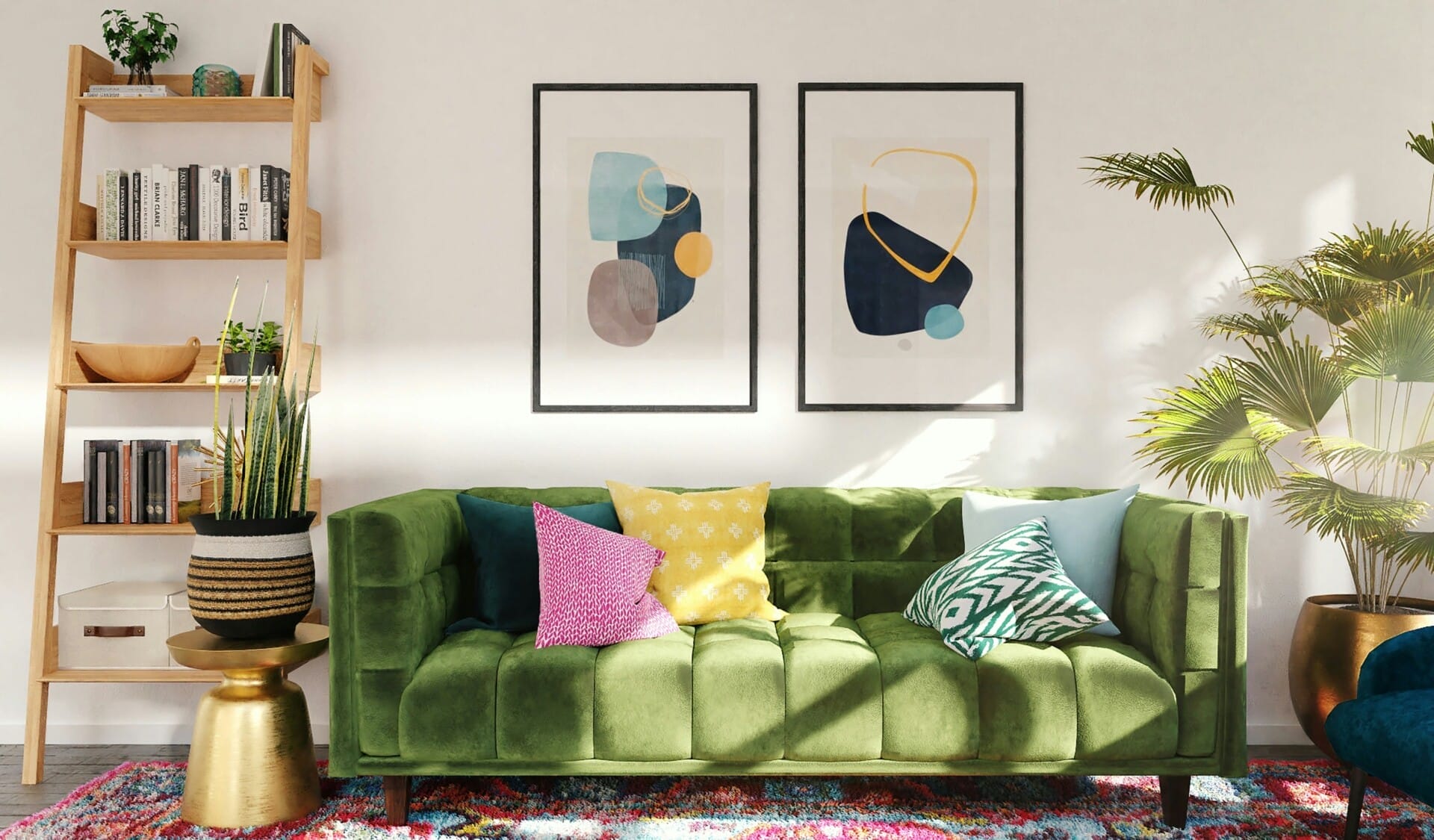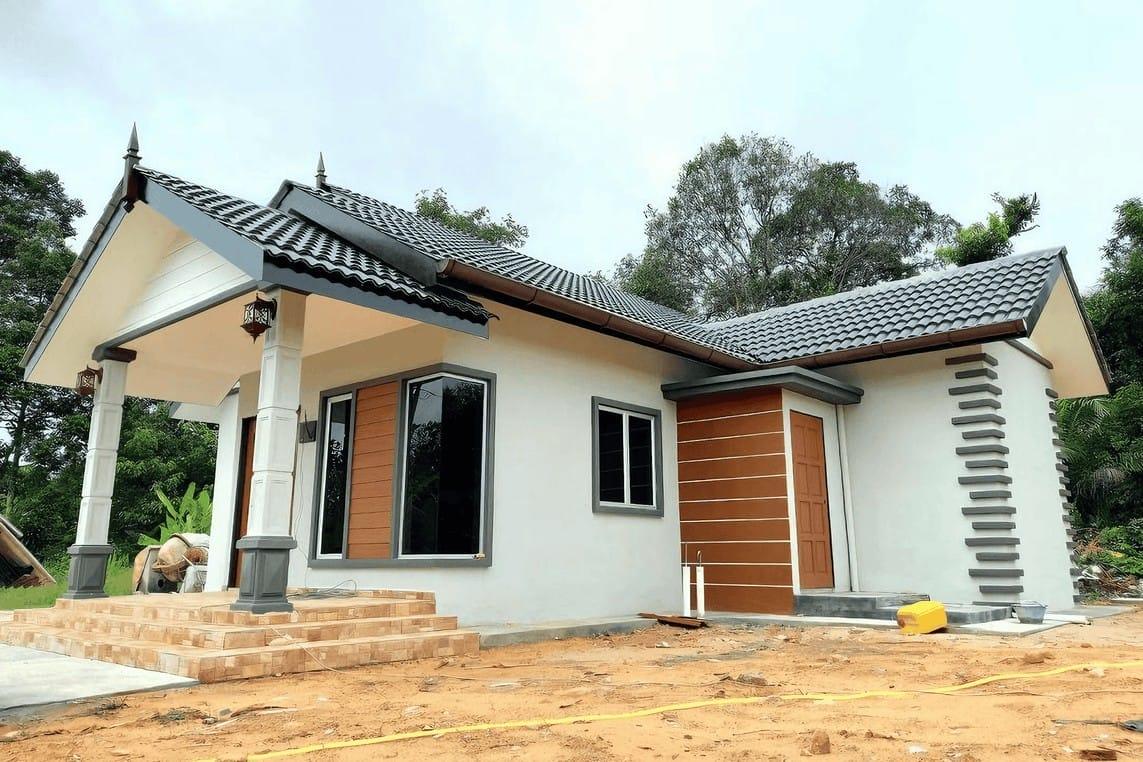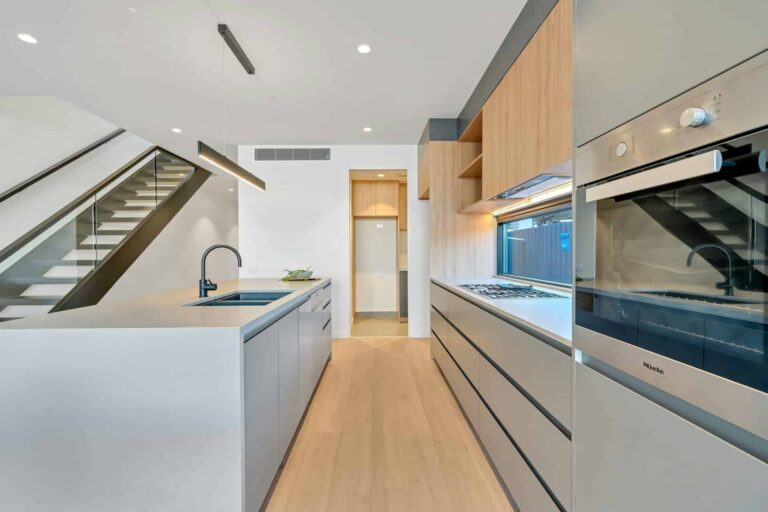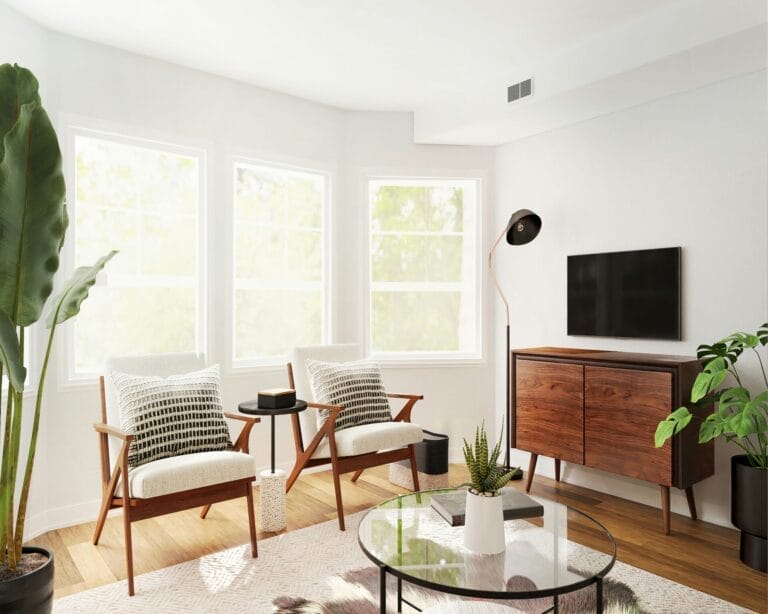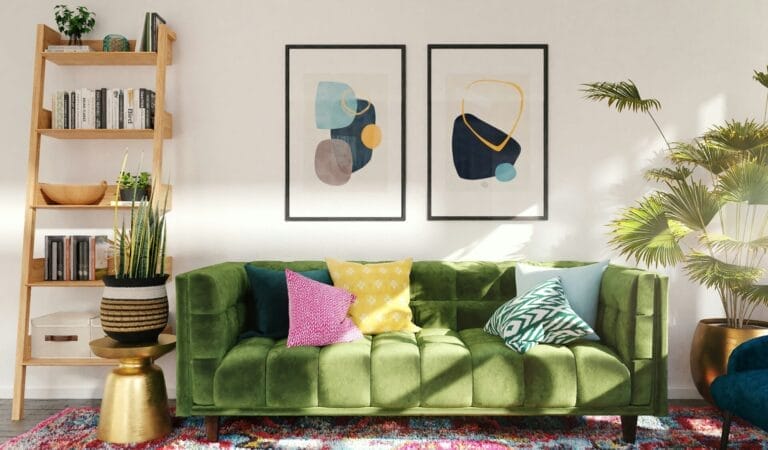Imagine a future where our cities breathe as much as we do, where buildings stand not just as structures but as symbols of harmony between humanity and nature. As Malaysia continues to grow and develop, the idea of sustainable construction is becoming less of a trend and more of a necessity. With urbanization on the rise and the effects of climate change knocking at our door, the way we build our homes, schools, and offices isn’t just about bricks and mortar anymore. It’s about creating spaces that are kind to our environment and to the people who inhabit them. In this article, we’ll explore why adopting sustainable construction practices is no longer an option but an urgent obligation for Malaysia. Let’s take a closer look at how these practices can shape our future, protect our beautiful landscapes, and ensure a healthier planet for generations to come.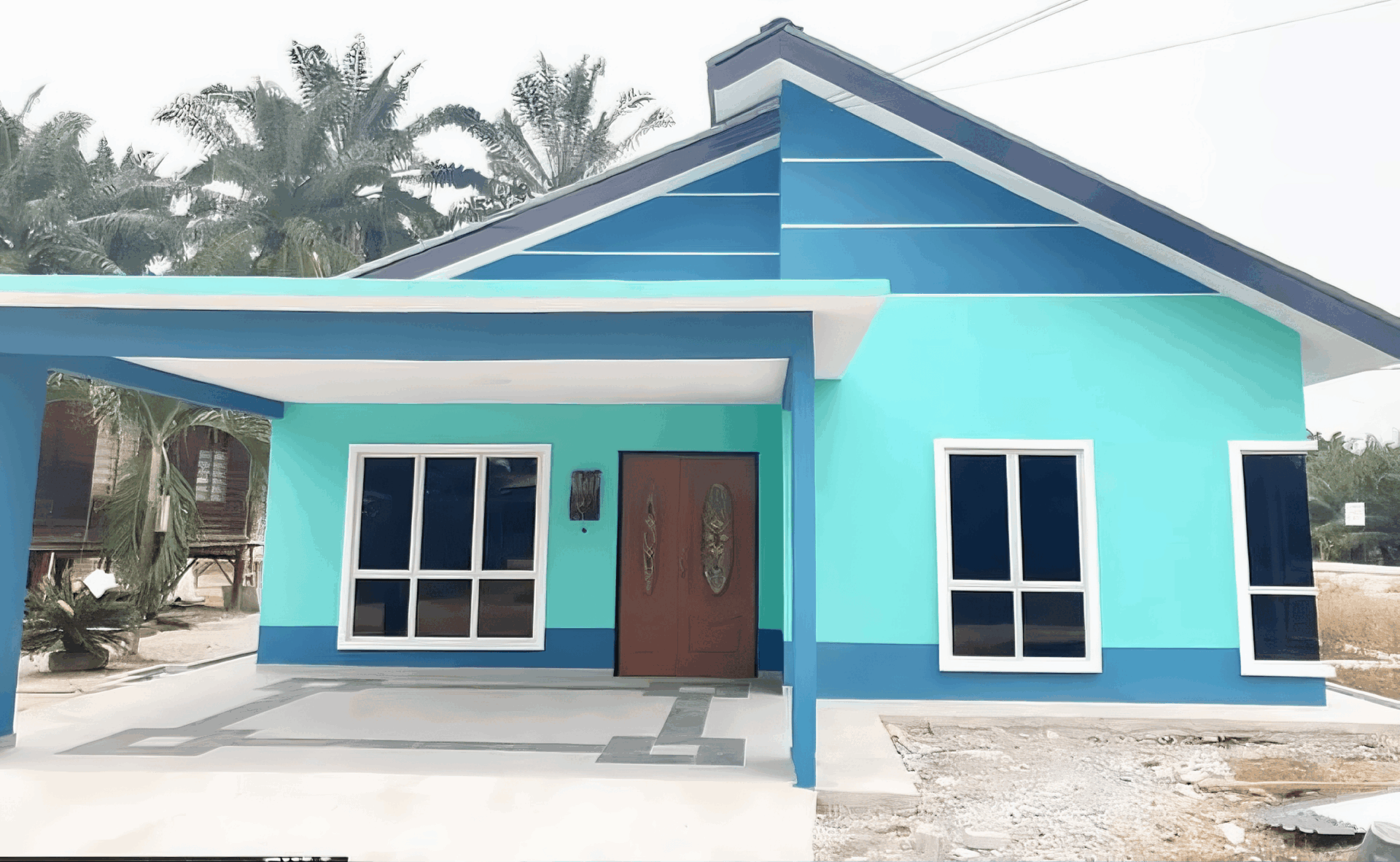
The Urgent Need for Sustainable Construction in Malaysia
With the alarming rate of urbanization and construction across Malaysia, the time has come to rethink our building practices. Unsustainable methods not only harm our environment but also threaten the very futures of local communities. By prioritizing sustainable construction, we can reduce our carbon footprint, conserve natural resources, and create healthier living spaces. This shift involves integrating eco-friendly materials and energy-efficient designs that reflect a commitment to the planet.
Key Benefits of Sustainable Construction:
- Resource Efficiency: Utilizing materials that are renewable and recyclable minimizes waste.
- Energy Savings: Incorporating solar panels and energy-efficient appliances can significantly lower utility bills.
- Community Well-being: Building designs that foster natural light and ventilation enhance the quality of life for residents.
Moreover, the economic implications of sustainable construction practices in Malaysia are substantial. By investing in green technologies, we not only create job opportunities but also stimulate local economies through the demand for sustainable materials and expertise. When communities embrace sustainability, the cumulative effect can lead to a more resilient economy. Below is a representation of the potential cost savings over time:
| Year | Initial Investment | Annual Savings | Total Savings |
|---|---|---|---|
| 1 | RM 100,000 | RM 5,000 | RM 5,000 |
| 5 | RM 100,000 | RM 5,000 | RM 25,000 |
| 10 | RM 100,000 | RM 5,000 | RM 50,000 |
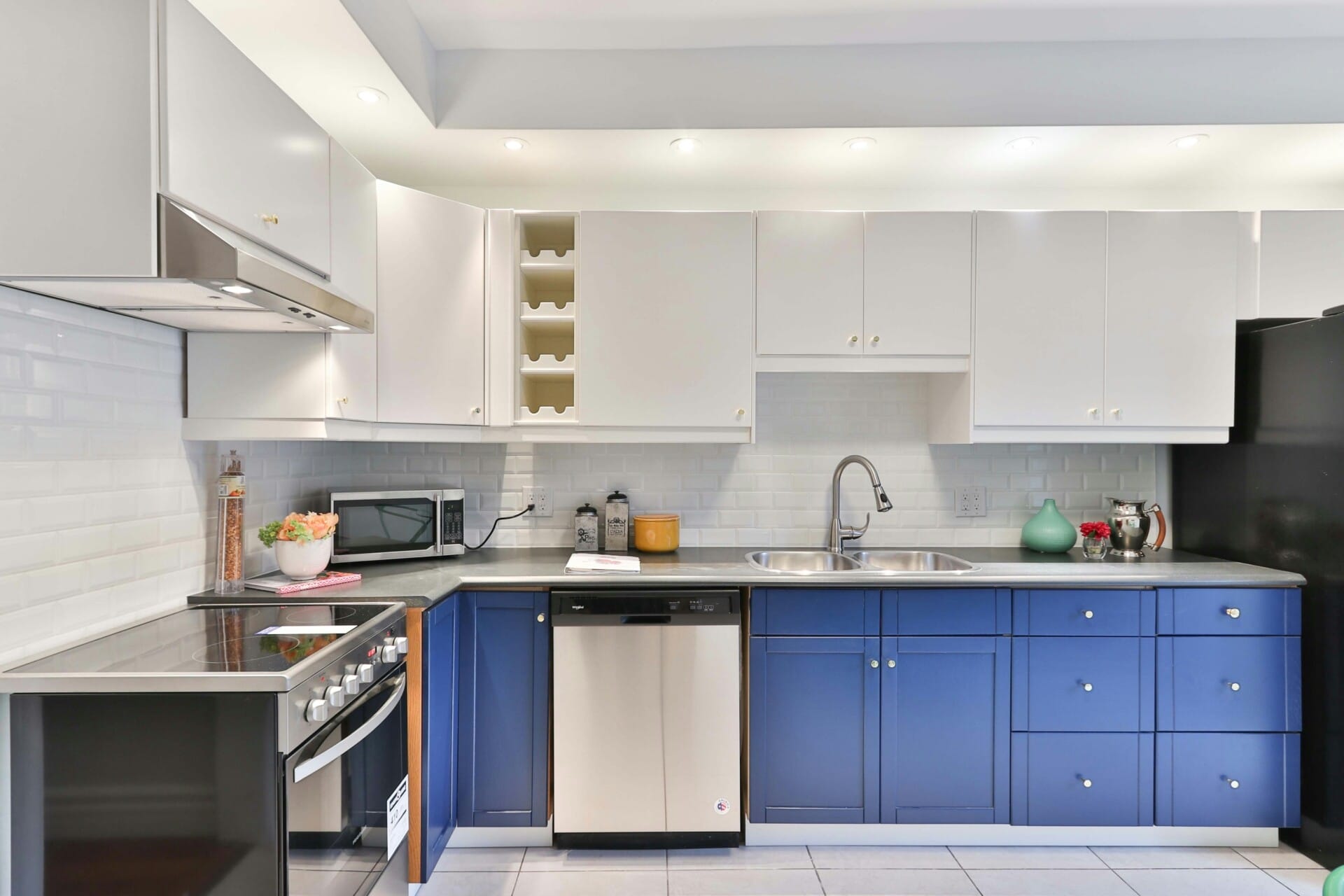
Building a Resilient Future: The Impact of Climate Change on Infrastructure
In recent years, Malaysia has witnessed a dramatic shift in its climate landscape, which has led to significant challenges for infrastructure development. Higher temperatures, unforeseen heavy rainfall, and rising sea levels are increasingly taxing our roads, bridges, and buildings. Sustainable construction practices have transformed from being a trendy option to an essential strategy for ensuring that new developments can withstand future climate scenarios. The need for flexible designs that can adapt to changing conditions is becoming more pressing, not just for safeguarding investments, but also for protecting our communities.
Integrating green building materials and technologies into construction projects is more than just an environmentally-friendly idea; it’s a necessity. By utilizing materials that are sustainable and energy-efficient, developers can significantly reduce their carbon footprint while also enhancing the resilience of their structures against the harsh realities imposed by climate change. Consider the following benefits of adopting these practices:
- Energy Efficiency: Reduces overall operational costs.
- Durability: Longer lasting materials mean less frequent repairs.
- Waste Reduction: Sustainable practices often lead to less construction waste.
Moreover, the implementation of innovative drainage systems and stormwater management solutions can help mitigate flood risks that are becoming increasingly prevalent. This proactive approach doesn’t just safeguard buildings; it also protects local ecosystems and enhances community well-being. To visualize the impact, here’s a simple comparative table:
| Traditional Infrastructure | Sustainable Infrastructure |
|---|---|
| Higher vulnerability to climate impacts | Enhanced resilience against floods and droughts |
| Shorter lifespan | Long-lasting and low-maintenance |
| Increased operational costs | Reduced long-term expenses |
As we move forward, it’s crucial for policymakers, developers, and communities alike to embrace these sustainable practices. Moving beyond mere compliance, we must cultivate a culture of innovation in the construction sector that prioritizes resilience and sustainability. After all, the future of Malaysia’s infrastructure relies not only on what we build today but also on how thoughtfully we adapt to a rapidly changing world.
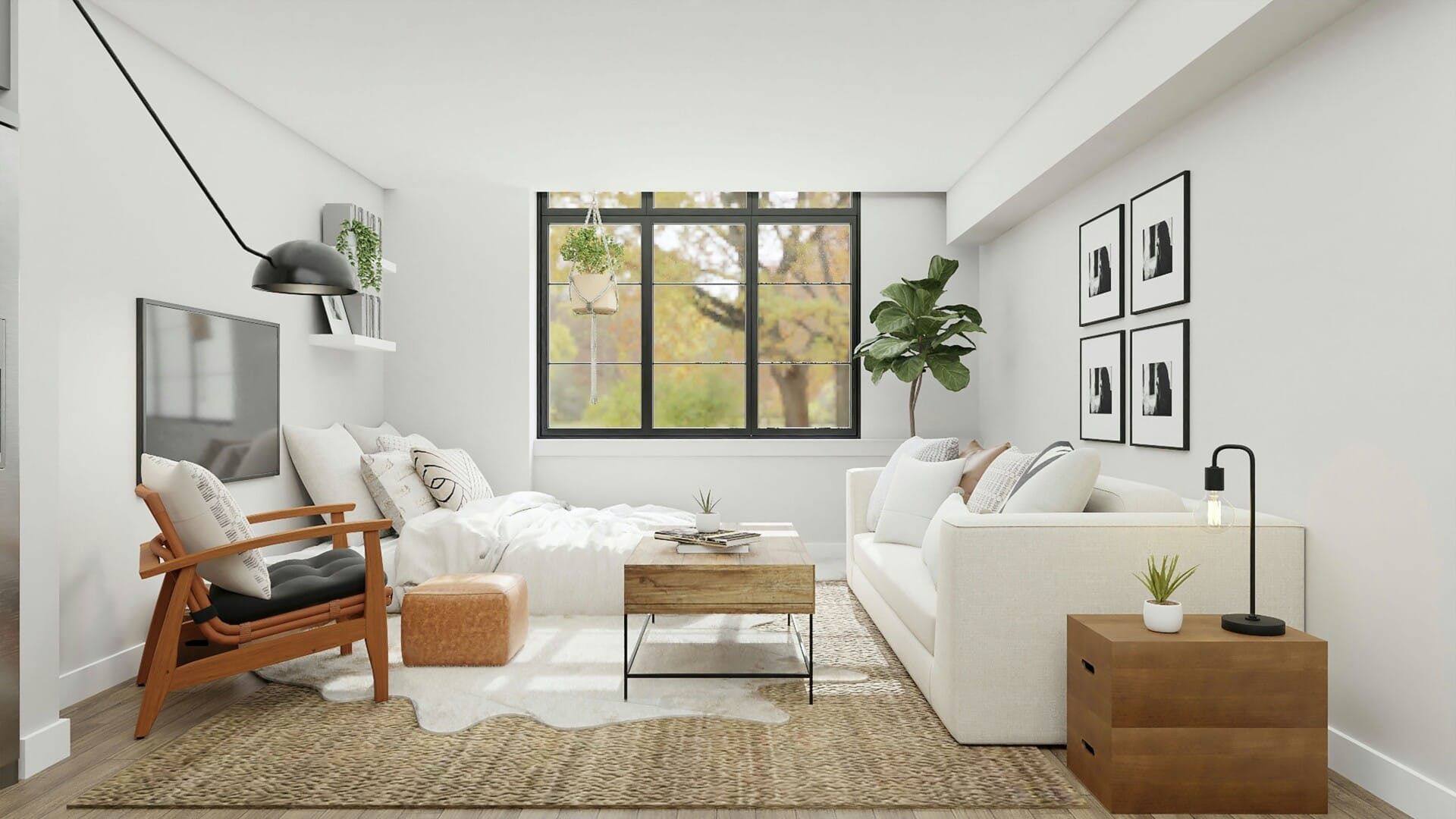
Economic Benefits of Embracing Green Building Techniques
Embracing green building techniques in Malaysia can significantly cut down operational costs in the long run. Energy-efficient designs and materials can lead to reduced energy consumption, meaning lower utility bills for businesses and homeowners alike. For example, utilizing natural ventilation and solar panels can minimize reliance on conventional electricity sources. This doesn’t just save money; it also supports the nation’s goal of becoming more energy resilient.
Additionally, there are compelling incentives and tax breaks offered by the Malaysian government for projects that follow sustainable construction practices. Many state and federal programs provide financial rewards for building green. These can include grants, low-interest loans, or rebates that ultimately lessen the overall project expenses. By leveraging these incentives, both developers and owners can enhance their return on investment while contributing to a greener economy.
| Incentives | Description | Potential Savings |
|---|---|---|
| Green Technology Financing Scheme | Low-interest loans for green projects | Up to 5% interest savings |
| Productivity-Linked Incentive | Grants tied to innovative construction methods | Up to RM500,000 |
| Tax Exemptions | Reductions on property taxes for green buildings | Up to 50% reduction |
Moreover, sustainable buildings tend to have higher marketability. As awareness grows about environmental issues, more consumers are prioritizing eco-friendly living spaces. Properties that utilize green building techniques often enjoy a competitive edge in the real estate market, fetching higher prices and quicker sales. This shift not only elevates property values but also stimulates market demand for greener alternatives.

Navigating Regulatory Changes: Policies Shaping Sustainable Practices
In the rapidly evolving landscape of construction in Malaysia, regulatory changes are emerging as pivotal drivers of sustainable practices. Policymakers are increasingly recognizing the urgent need to mitigate environmental impacts and promote eco-friendly initiatives within the industry. As a result, new regulations are being formulated to enforce standards that not only prioritize ecological balance but encourage innovation in sustainable construction methods.
Several key policies have been introduced to align the construction sector with global sustainability goals. Some of these are:
- Green Building Index (GBI): This rating tool encourages builders to incorporate energy-efficient designs and materials.
- Environmental Planning Act: Sets guidelines to minimize environmental degradation during construction projects.
- Renewable Energy Policies: Supports the integration of renewable energy sources to power construction sites.
To better understand these policies and their implications, consider the following table showcasing the impact on different construction practices:
| Regulation | Impact on Construction Practices |
|---|---|
| GBI | Promotes the use of renewable materials, reducing waste. |
| Environmental Planning Act | Mandatory environmental assessments before project approval. |
| Renewable Energy Policies | Encourages the installation of solar panels in new builds. |
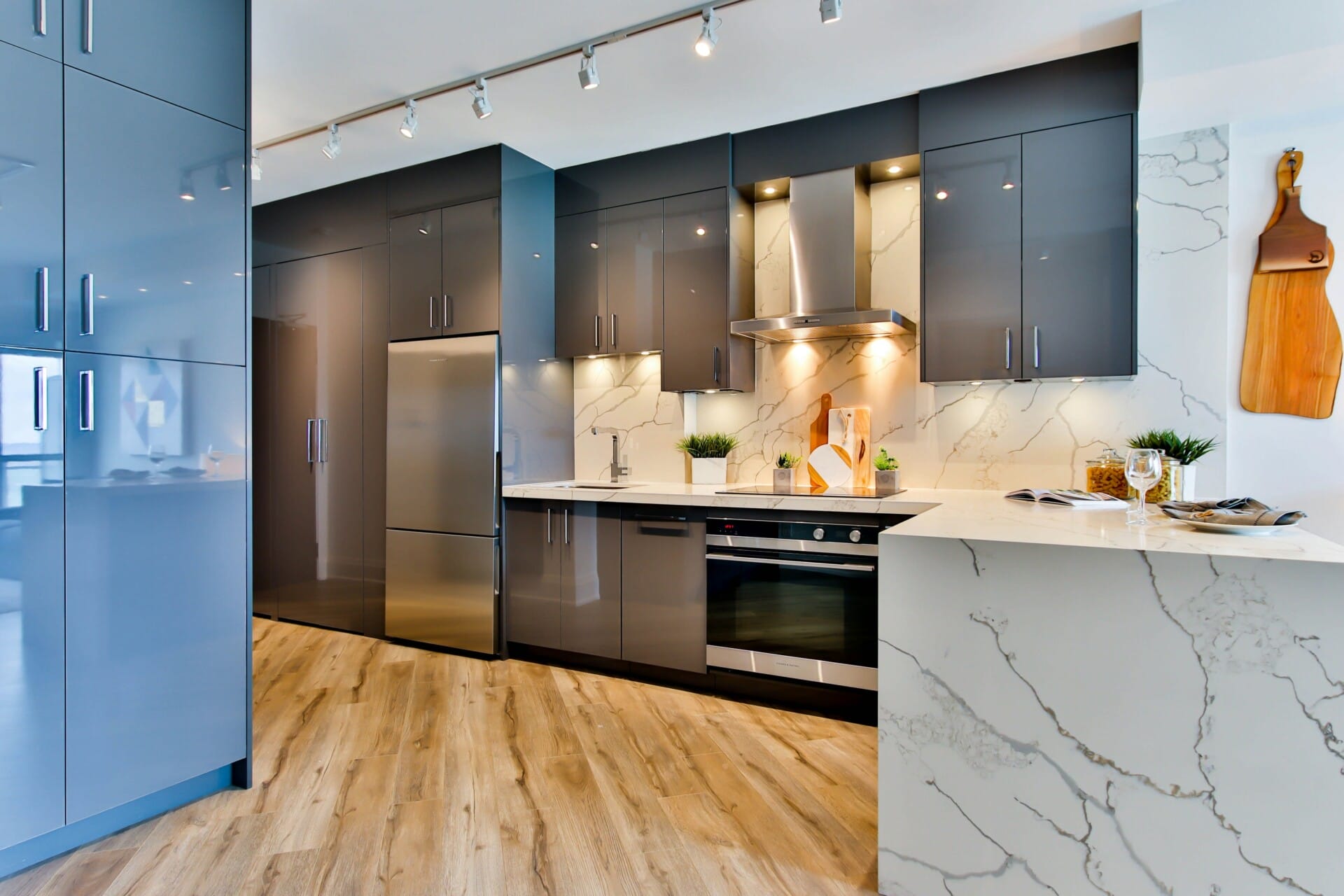
Innovative Materials and Technologies Transforming Construction
In recent years, the construction industry has witnessed a remarkable shift towards using innovative materials that not only enhance the durability of structures but also promote sustainability. For instance, the emergence of biodegradable materials has opened new avenues for environmentally-conscious building practices. These materials, derived from natural sources, break down without leaving a harmful footprint, making them a game-changer for developers focused on reducing their environmental impact.
Moreover, technologies like 3D printing have begun to reshape how we approach construction in Malaysia. This technique allows for the creation of complex architectural designs with less waste and lower costs. With smart materials capable of responding to environmental changes, buildings can now become more energy-efficient. Think of materials that can adjust their thermal performance based on weather changes—this not only reduces energy consumption but also increases comfort for the occupants.
Additionally, the use of renewable energy technologies is becoming increasingly relevant. Integrating solar panels and wind turbines into construction projects is no longer just a trend; it’s a necessity. These technologies not only contribute to lower utility bills for homeowners but also align with global sustainable development goals. By investing in these advanced solutions, Malaysia can lead the way in sustainable construction, showcasing how innovation can coexist with tradition in the building landscape.
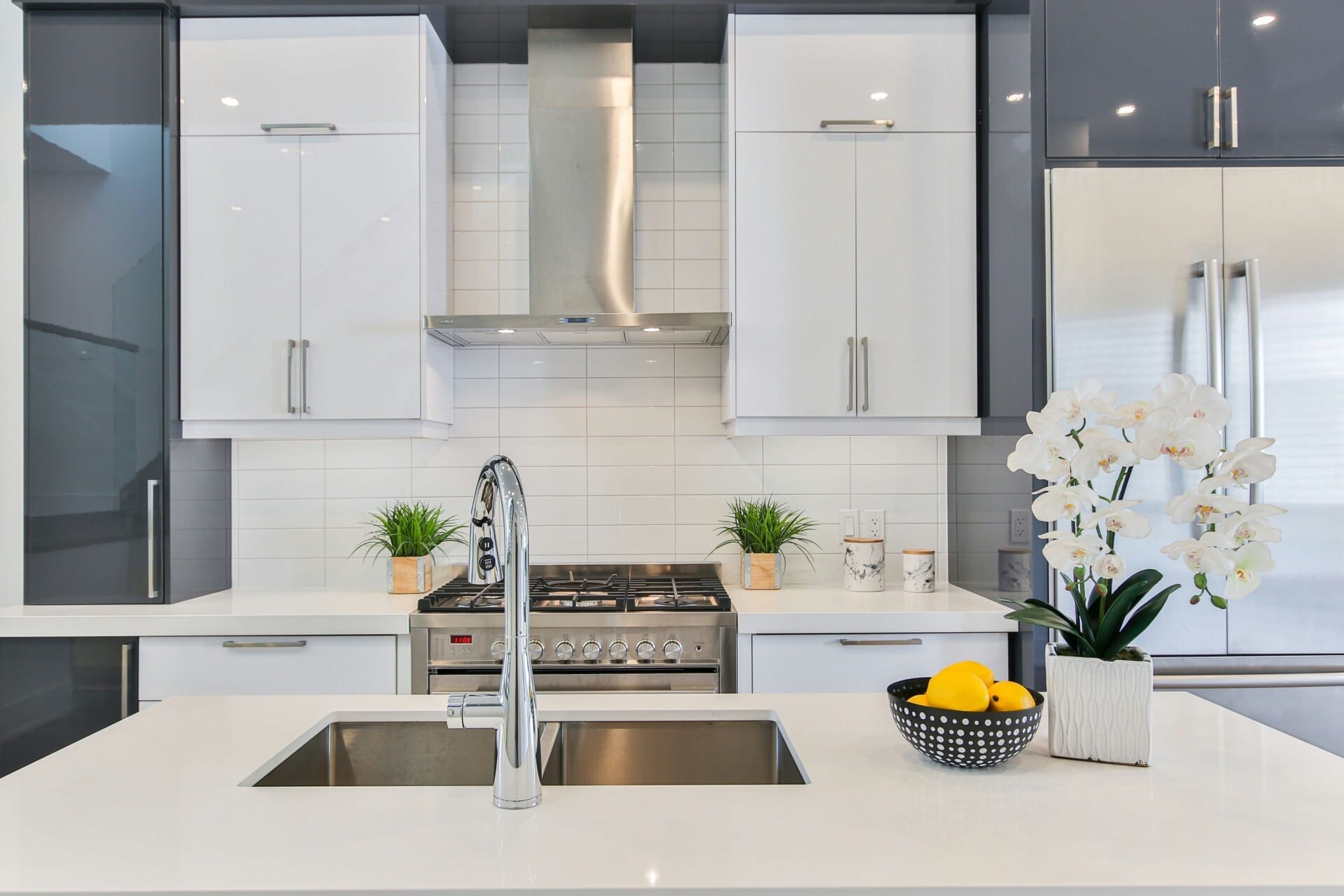
Engaging Communities: The Role of Stakeholders in Sustainable Development
In Malaysia, engaging with local communities has become a cornerstone of effective sustainable development. Stakeholders, including government bodies, NGOs, and private developers, play pivotal roles in spearheading initiatives that resonate with the needs and aspirations of residents. When these groups collaborate, they are not merely constructing buildings; they are laying the foundations for vibrant, healthy communities that respect both people and the planet. Building relationships fosters trust and ensures that the voices of locals are integrated into the decision-making process, lifting the entire community in the journey toward sustainability.
Moreover, it’s essential to recognize the diverse interests of stakeholders involved in sustainable construction. Builders need to adopt eco-friendly materials; investors should support green financing models, and citizens need to advocate for sustainable practices in their neighborhoods. Effective communication channels enable the exchange of ideas, facilitating everything from community workshops to public consultations. By engaging stakeholders early, projects can pivot based on feedback, ultimately leading to solutions that everyone not only accepts but actively champions.
| Stakeholder Type | Role in Sustainable Development |
|---|---|
| Government | Regulator and Policy Maker |
| NGOs | Community Advocate and Educator |
| Private Sector | Innovator and Investor |
| Residents | Feedback Providers and Activists |
Emphasizing collaboration not only drives innovation but also democratizes the sustainable development process. When everyone feels involved, it leads to more impactful and long-lasting outcomes. As Malaysia embarks on this crucial journey towards sustainable construction practices, the combined strengths and voices of all stakeholders will be the key to unlocking a greener and more resilient future. It’s about creating spaces that meet today’s needs without compromising the ability of future generations to thrive.
Case Studies of Successful Sustainable Projects in Malaysia
In Malaysia, several sustainable construction projects have set a benchmark for others to follow, proving that eco-friendly practices can be both innovative and economically viable. One standout example is the Green Building Index (GBI)-certified Menara BGN in Kuala Lumpur. This office tower employs advanced energy management systems and uses sustainable materials that not only minimize waste but also reduce energy consumption significantly. The building has even incorporated rainwater harvesting systems, making it a model for future developments aimed at decreasing reliance on municipal water supply.
Another remarkable project is the D’Lagoon Coastal Development in Selangor, which integrates a natural lagoon to enhance biodiversity while providing recreational spaces for the community. This initiative emphasizes the importance of preserving natural ecosystems during construction. By utilizing local materials and promoting eco-friendly landscaping, this project demonstrates how developers can harmonize residential growth with environmental stewardship. The results have shown a positive impact on local tourism, enhancing the region’s appeal while maintaining ecological integrity.
Lastly, the The Habitat Penang Hill project showcases the fusion of sustainable design with heritage conservation. By restoring a historical area and turning it into an interactive eco-park, it emphasizes the significance of preserving cultural values alongside environmental sustainability. The park features features like solar-powered amenities and native plant gardens, which not only educate visitors about biodiversity but also inspire them to adopt greener practices in their daily lives. Ultimately, these illustrate that sustainability can be a crucial element in Malaysian construction, rather than just an afterthought.
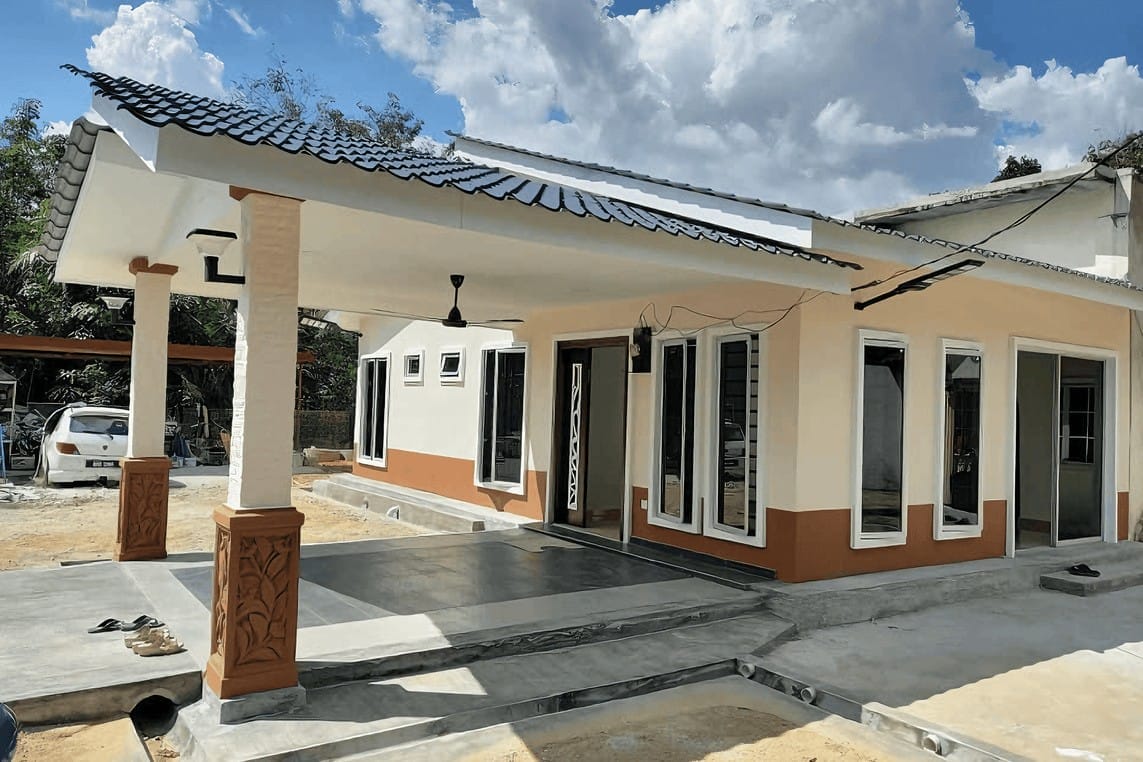
Steps Towards Implementation: A Roadmap for Builders and Developers
As builders and developers set their sights on a sustainable future, it’s essential to embrace a series of strategic steps that align with eco-friendly practices. First and foremost, conducting a thorough feasibility study is crucial. This serves as the foundation for understanding the environmental impact of your projects. Consider factors such as site selection, material sourcing, and energy efficiency. By analyzing these components early on, you can pivot towards more sustainable choices that resonate with the community’s needs.
Next up, leveraging renewable resources should be high on the priority list. Incorporating materials like bamboo, reclaimed wood, and recycled steel can significantly reduce carbon footprints while also stretching budgets. Additionally, considering energy-from-waste systems and solar energy panels during the planning phase can lead to long-term savings and lesser reliance on non-renewable energy. It’s also worth investing in green certifications, showcasing your commitment not just to the environment, but also to more stringent building standards that can enhance the market value of your developments.
Lastly, engaging with the community can help shape your projects for broader acceptance. Hold workshops and public consultations to gather feedback from local residents. Not only does this foster transparent communication, but it also cultivates a sense of ownership among the community members. Emphasizing education about the benefits of sustainable construction can aid in shifting public perception towards greener practices. By working together, builders and developers can create a more eco-conscious Malaysia, paving the way for innovation within the real estate industry.
Concluding Remarks
As we wrap up our discussion on why sustainable construction practices have become a must-have in Malaysia, it’s clear that the time for change is now. Embracing these eco-friendly methods not only protects our beautiful environment but also sets a positive example for future generations.
Imagine a Malaysia where our cities thrive, our natural resources are preserved, and our communities are healthier. It’s not just a dream—it’s within our reach if we all play our part. From architects and builders to everyday citizens, we all have a role to play in this green revolution.
As we move forward, let’s keep the conversation going. Share your thoughts, get involved in local projects, or simply spread the word about the importance of sustainability. Together, we can build a brighter, greener future for Malaysia. Let’s make sustainable construction the norm, not just an option!